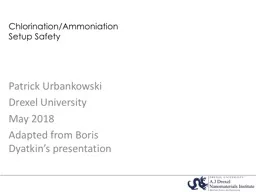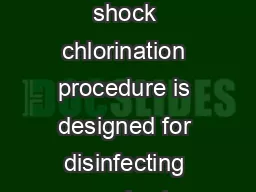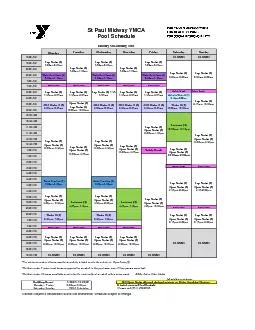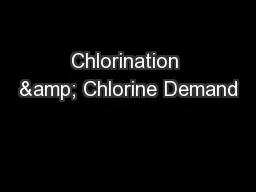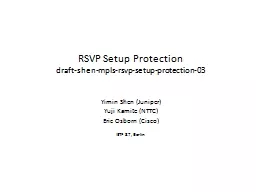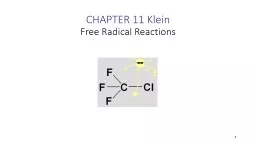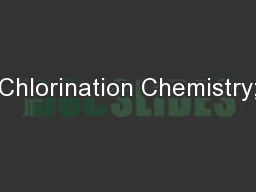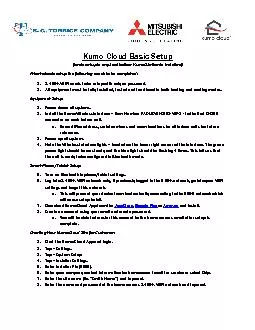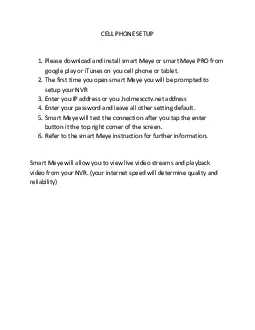PPT-Chlorination/Ammoniation Setup Safety
Author : anya | Published Date : 2022-06-07
Patrick Urbankowski Drexel University May 2018 Adapted from Boris Dyatkins presentation Disclaimer If you will conduct experiments that involve either ammonia
Presentation Embed Code
Download Presentation
Download Presentation The PPT/PDF document "Chlorination/Ammoniation Setup Safety" is the property of its rightful owner. Permission is granted to download and print the materials on this website for personal, non-commercial use only, and to display it on your personal computer provided you do not modify the materials and that you retain all copyright notices contained in the materials. By downloading content from our website, you accept the terms of this agreement.
Chlorination/Ammoniation Setup Safety: Transcript
Download Rules Of Document
"Chlorination/Ammoniation Setup Safety"The content belongs to its owner. You may download and print it for personal use, without modification, and keep all copyright notices. By downloading, you agree to these terms.
Related Documents

